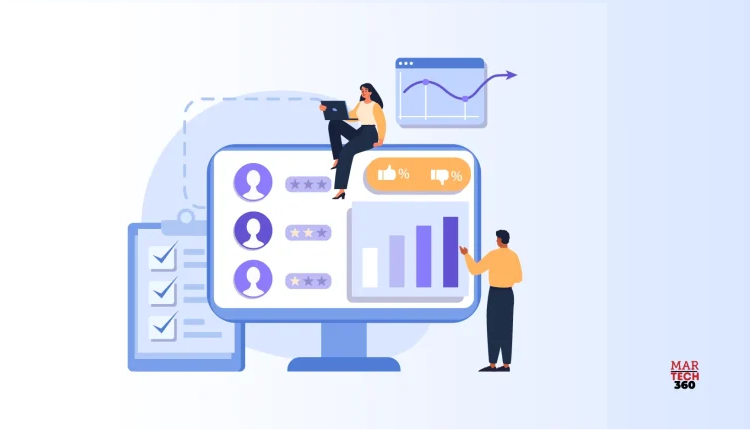What is Customer Experience Analytics?
Customer experience analytics (CX Analytics) involves systematically gathering, processing, and analyzing customer data to improve overall experiences. By understanding customer needs, preferences, and behaviors, businesses can significantly boost customer satisfaction and loyalty. Studies show that around 73% of consumers prioritize the customer experience when deciding whether to purchase from a company. Even more striking, 52% of customers would consider switching to a competitor after just one negative experience.
How Does Customer Experience Analytics Improve Customer Service?
A Complete View of Customer Interactions
Customer service analytics consolidates data from various touchpoints such as phone calls, emails, chats, and social media to offer a 360-degree view of interactions. This enables businesses to understand the entire customer journey, pinpoint friction points, and streamline processes to eliminate pain areas.
Predictive Analytics for Proactive Support
A key feature of customer experience analytics is its predictive capabilities. By applying machine learning to historical data, businesses can foresee potential issues before they arise. For example, if a product frequently triggers service inquiries, companies can proactively reach out to customers to provide additional support. This approach not only prevents issues from escalating but also demonstrates attentiveness, enhancing customer loyalty.
Personalized Experiences Through Data
CX analytics allows businesses to segment their customer base according to behavior, preferences, and previous interactions. This segmentation leads to highly targeted communications, delivering relevant information and offers that resonate with individual customers. Research shows that 88% of consumers prefer personalized experiences.
Real-Time Feedback for Immediate Action
Collecting real-time feedback has become easier with advanced customer service analytics tools, which monitor key metrics like Customer Satisfaction Score (CSAT) and Net Promoter Score (NPS). This immediate access helps companies swiftly address customer concerns and adjust strategies as necessary.
Optimizing Customer Support Resources
With insights into peak inquiry times and the most common issues, companies can better manage staffing and resources. AI tools can assist in predicting demand spikes, with 72% of business leaders agreeing on the importance of using AI and chatbots in customer experience management.
Key Analytics to Track for an Enhanced Customer Experience
Focusing only on online metrics can be a mistake. It’s essential to measure both online and offline KPIs to get a complete picture of the customer experience. In-store sales, social media engagement, mobile app usage, browsing patterns, repurchase rates, and cart abandonment should all be tracked.
Customer surveys, reviews, and social media are forms of Voice of Customer (VoC) that offer invaluable insights. Companies should also map the customer journey to identify pain points and opportunities for improvement. Metrics like CSAT and NPS are crucial for measuring satisfaction and loyalty, while continuous analysis and iteration are key to maintaining a high standard of customer experience.
Are Customer Data Analytics and Customer Experience Analytics the Same?
While related, customer data analytics and CX analytics serve different purposes. Customer data analytics focuses on analyzing transaction history and demographic information to uncover customer preferences. In contrast, CX analytics specifically targets the customer journey, aiming to enhance how customers interact with a product or service.
Top 3 Free Customer Experience Analytics Tools
1. Google Analytics (GA4)
Google Analytics offers robust web tracking and analytics features. It helps businesses visualize user behavior, build customized dashboards, and create funnels to track customer journeys. Though time-consuming, it’s ideal for optimizing conversion paths and improving website performance.
2. Hotjar
Hotjar provides insights into user behavior through session recordings, heatmaps, and feedback widgets. By capturing data on customer interactions, it identifies pain points and drop-off areas. However, the free plan has limited features for in-depth analysis.
3. Google Optimize
Google Optimize is perfect for A/B testing and optimizing website usability. With seamless integration with other Google tools, it allows businesses to tailor content based on customer preferences.
Ready to Improve Your Customer Experience?
With the right analytics tools, you can boost customer satisfaction and drive revenue growth. Start tracking and enhancing your customer experience today.
#customerExperience





Comments